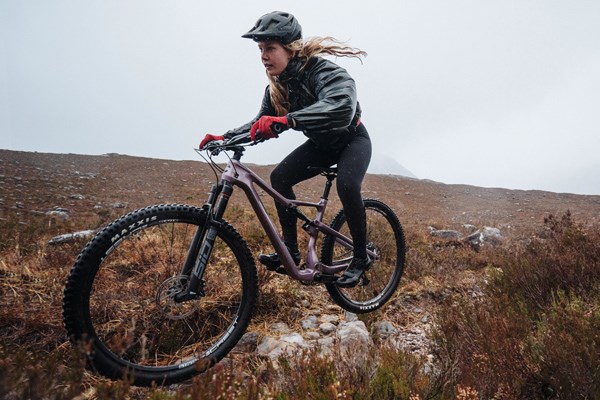Whether you’re putting in the miles on the road or carving up the trails in the mountains, winter weather adds a whole new set of challenges. Fortunately, cycling technology can make these challenges a lot easier to meet and this is especially true with tyres.
The challenges that winter throws up for cycling are quite different for road and off-road cycling, so we’ve split this guide into road and MTB to make it easier for you to find the information you need to keep cycling through the winter months.
Winter tyres for the road
As well as making the roads more slippery wet weather throws up more debris. This means that the best winter road bike tyres offer improved puncture protection and better grip without slowing you down too much. Tyres like the Specialized Roubaix Pro are very tough and remarkably grippy while still rolling quickly.
Compound
The key to grip in wet conditions is the rubber compound: hard compound tyres are durable and roll quickly but they’re not so grippy in the wet; soft compound tyres are very grippy, but they’re slower rolling and wear quickly. Dual compound tyres offer the best of both worlds. The softer compound on the shoulders of the tyre gives you extra grip when you lean the bike into a corner while the harder compound in the centre keeps you rolling quickly and prolongs the life of the tyre.
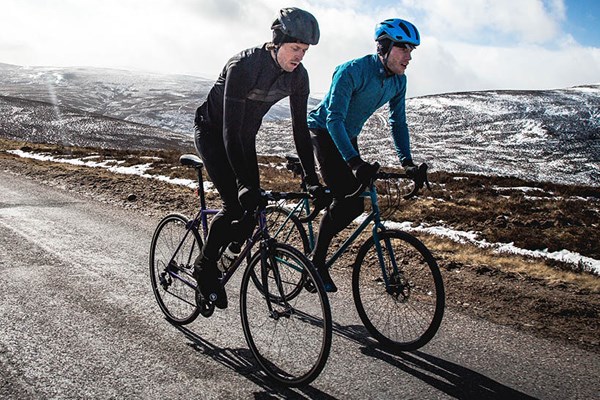
Puncture Protection
A protective layer under the tread is what you need to reduce your chances of getting a puncture. The key here is to offer extra protection while still allowing the tyre to be flexible and subtle enough to roll quickly and comfortably. Continental’s Duraskin layer featured in their very popular Gatorskin winter tyre and Specialized’s Armadillo flat protection are good examples of well-balanced puncture protection.
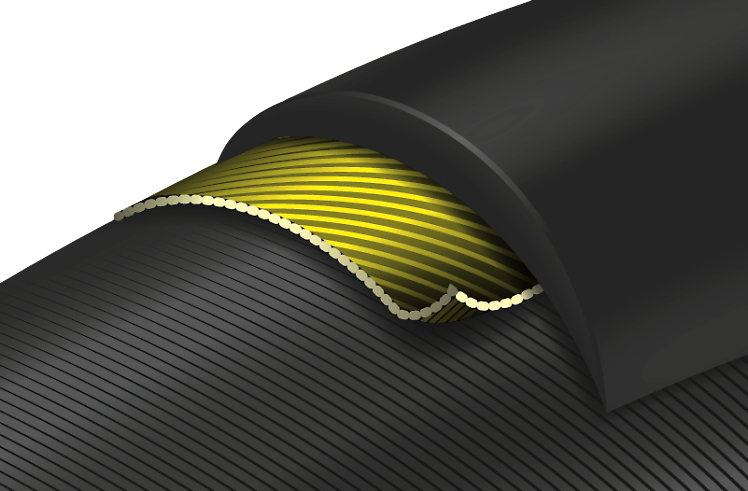
Size
As well as being more comfortable, wider tyres offer more grip, so you’ll have more control on slippery road surfaces. A useful trait for winter cycling. The higher volume also means you get more air between the wheel rim and the road. This means that the inner tube is less likely to get pinched and puncture if you roll over an object. Many tests have shown that wider road bike tyres actually roll better than very narrow ones.
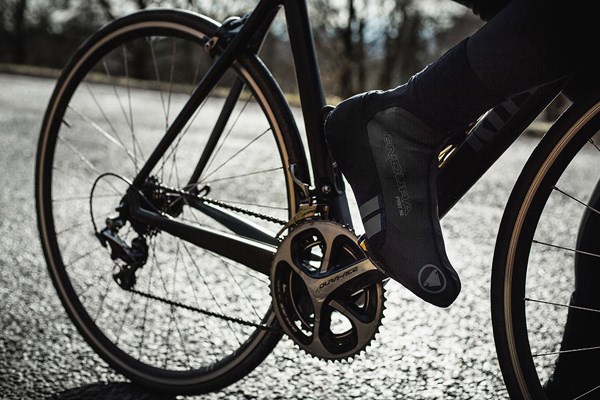
Tread
While deep treads in motor vehicle tyres squeezes water out from under them, road bike tyres are too narrow to aquaplane at normal speeds. This means that heavily treaded road bike tyres are unnecessary on smooth surfaces. Slick road bike tyres are fine in wet conditions on normal roads as it’s the rubber compound that has more effect on grip.
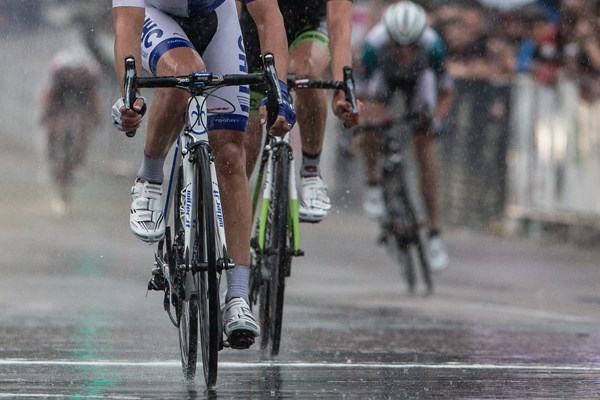
Tubeless
One of the best things about a tubeless tyre system – tubeless wheel, tyre and sealant - is that they can self-seal punctures so don’t need that extra protection layer. With sealant inside the tyre a small puncture is healed almost instantly, so you won’t even notice that you’ve had one. If you have a tubeless compatible wheelset, it’s well worth setting it up with tubeless tyres and tyre sealant to avoid punctures in the winter months. If you’re already running your tyres tubeless it’s a good idea to top up the sealant before the weather turns to ensure you stay protected.

Popular Winter Road Bike Tyres
Winter Hybrid Bike Tyres
Most of the points on road bike tyres above also apply to hybrid bike tyres. The Specialized Crossroads Armadillo for example has the same puncture protection layer as their road bike tyres. The main difference is with tread. As you’re more likely to be riding on rough cycle paths and the tyres are wider a treaded pattern is a good option for winter.
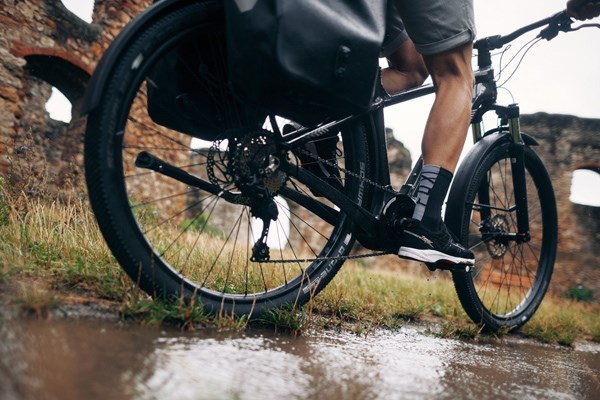
Popular Winter Hybrid Bike Tyres
Winter Mountain Bike Tyres
The main difference between riding off-road in winter compared to summer is that the trails don’t get much time to dry out. While we sometimes get muddy trails in summer, we’ll definitely have muddy trails in winter, probably all winter. This means it’s worth putting on tyres that can cope with mud as the days get shorter. Of course, if you only ride armoured trail centre trails then you can use the same tyres all year round, but part of the attraction of winter MTB riding is the fun you can have sliding around on muddy trails.
Tread Pattern
Tread pattern is key. A spiked tread is the best for muddy conditions as the long, well-spaced knobs can penetrate the mud to find grip beneath without clogging up. Of course, you are unlikely to ride through mud all the time, so unless you’re DH racing, you’ll want a tyre that still works on rocky and hardpack trails. This is where the intermediate or cut-spike tyre comes in. These have wide spaced blocky knobs that can penetrate mud and don’t clog up while still offering good support on hard surfaces. The Specialized Hillbilly and Maxxis Shorty are great examples.
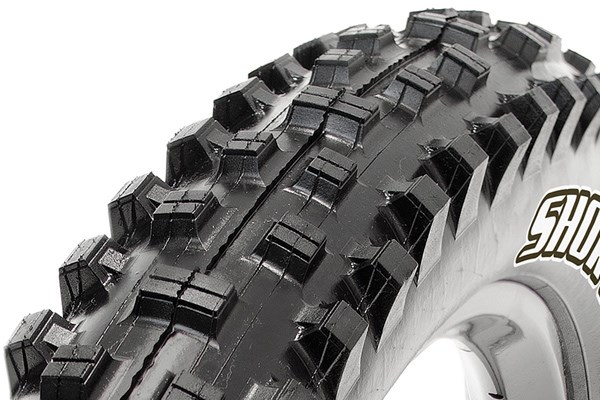
Tubeless
Tubeless tyres offer a great advantage in soft winter conditions as you can run lower tyre pressures without risking pinch flats. Lower tyre pressures offer more grip, especially in wet and muddy conditions, as the tyre can conform to the ground more easily to find grip. Many experienced MTB riders will lower their tyres pressure when riding muddy tracks. To avoid bashing your wheel rim on rocks you can use tyre inserts like CushCore to cushion the tyre against impacts.
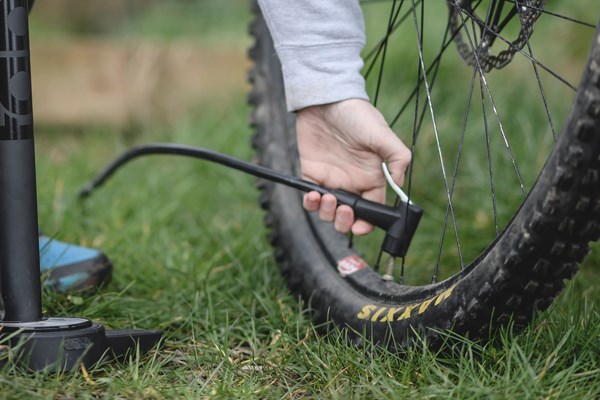
Front & Rear?
The problem with mud tyres is that they roll less quickly, so many riders compromise with a front/rear split. Many MTB riders will fit a winter tyre on the front and leave a regular tyre on the rear. This way you get extra grip on the front wheel, where you need it most for control. The rear tyre effects rolling resistance more than the front so keeping your rear summer tyre on is a good compromise. As long as you’ve got control of the front end, sliding about in the mud is a lot of fun.
